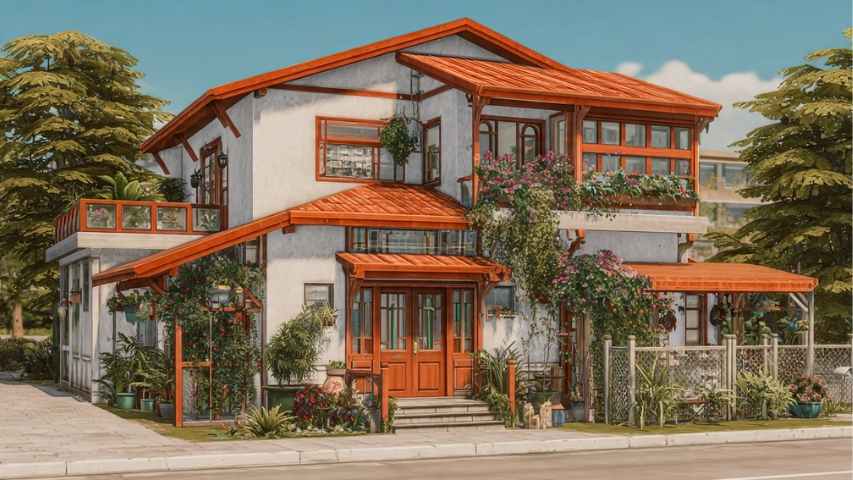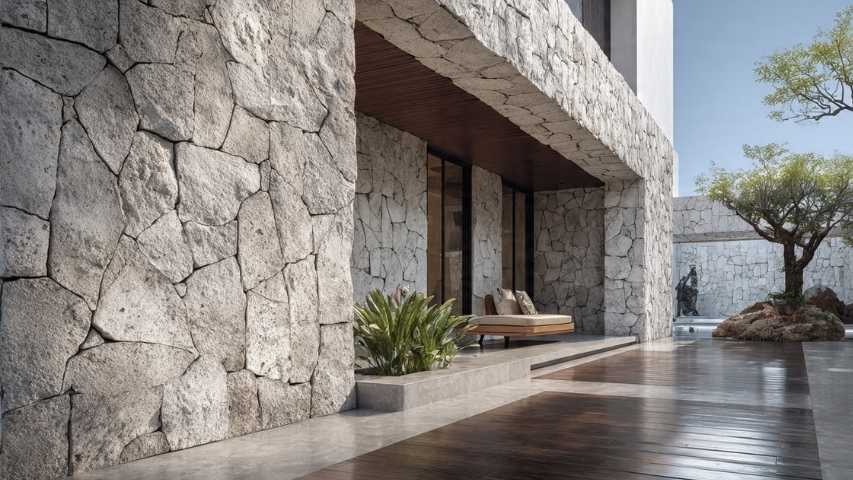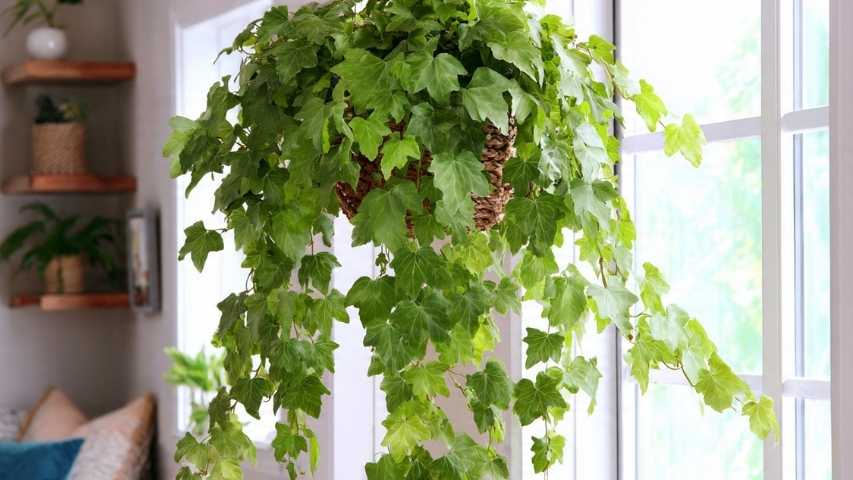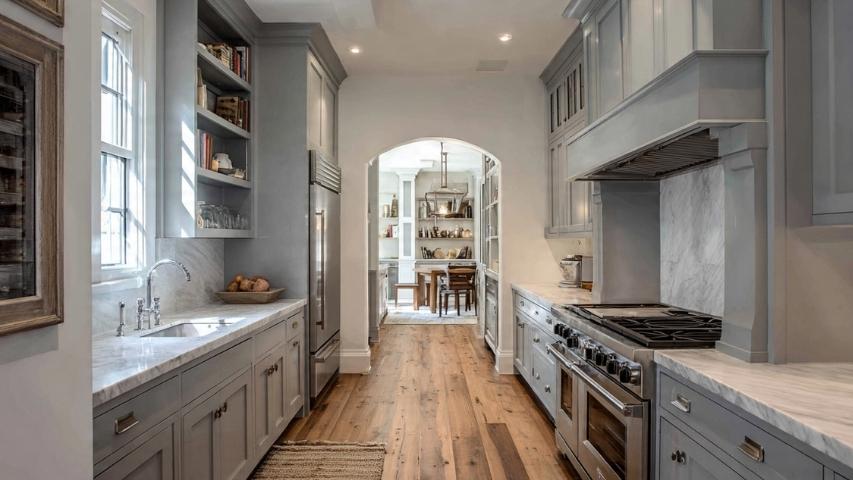You might have heard people use “split-level” and “bi-level” to describe homes with different floor heights, but these terms don’t mean the same thing. Knowing what makes a bi-level home unique is important, especially since this layout can be harder to sell.
This guide explains what a bi-level house is, how it’s different from a split-level, and the pros and cons to think about before buying or selling one. By the end, you’ll know if this type of home is right for you.
Bi-Level vs. Split-Level: What’s the Difference?
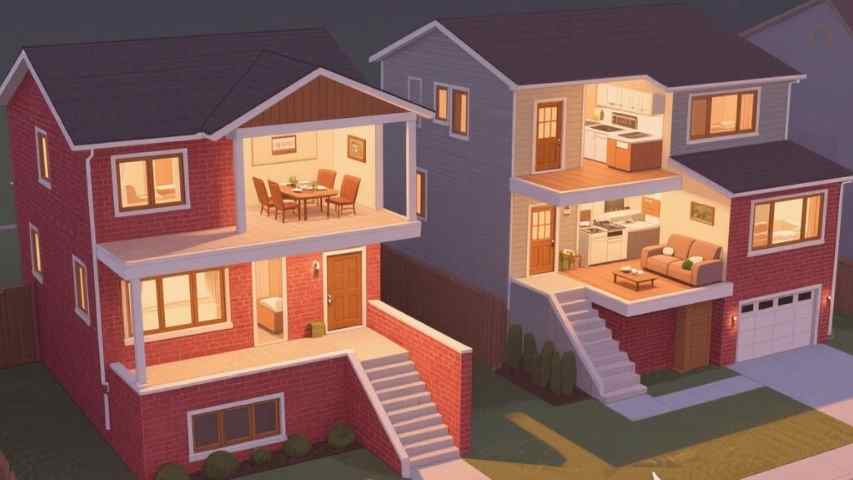
Both bi-level and split-level homes have more than one floor connected by short stairs. The main difference is how many levels there are and what you see when you walk in.
When you enter a bi-level home, you step onto a landing with stairs going up and down. This style, sometimes called a “split-foyer,” usually has just two main living areas.
A split-level home, on the other hand, usually has three or more floors. The front door opens to a main level with the living room, dining room, and kitchen. Short stairs then lead up to the bedrooms or down to a family room and garage. Bi-level homes fit these spaces into just two floors, both reached from the entryway.
The Defining Features of a Bi-Level House
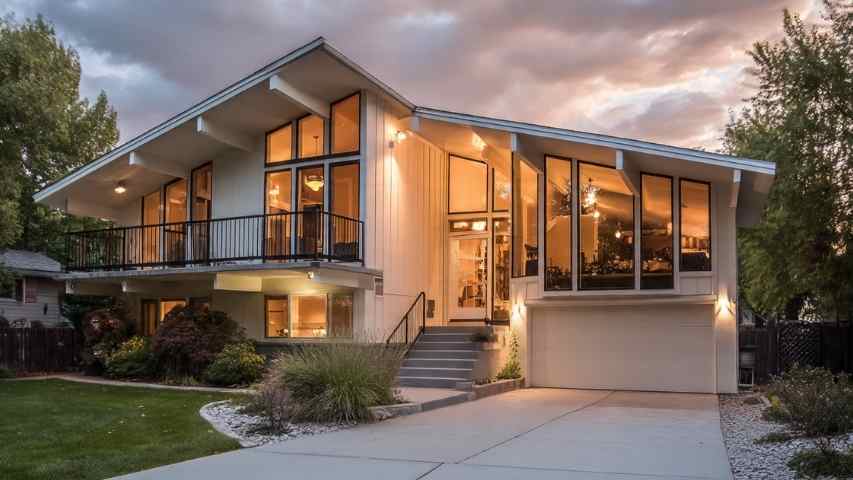
Built primarily from the 1960s to the 1980s, bi-level homes offered an efficient use of space on smaller lots. Their popularity waned as open-concept layouts became the prevailing trend, but they remain a practical housing option. (Split-Level House Guide: Pros and Cons of Split-Level Homes – 2025, 2025)
Upper Level
The upper floor in a bi-level house usually has the main living spaces. When you go up the stairs from the entry, you’ll often find:
- Living room
- Kitchen
- Dining area
- One or more bedrooms, including the primary suite
- At least one full bathroom
This floor is where most daily activities happen, with both the main living areas and bedrooms in one place.
Lower Level
The lower level is flexible and can be used in different ways. It’s often partly below ground but still has windows for natural light. People often use this space for:
- An additional bedroom or guest room
- A laundry room
- The garage entrance
- A Home office or gym
- Family or recreation room
The separation of living spaces can be a significant advantage for families or anyone needing a bit of privacy between floors.
Should You Buy a Bi-Level Home?
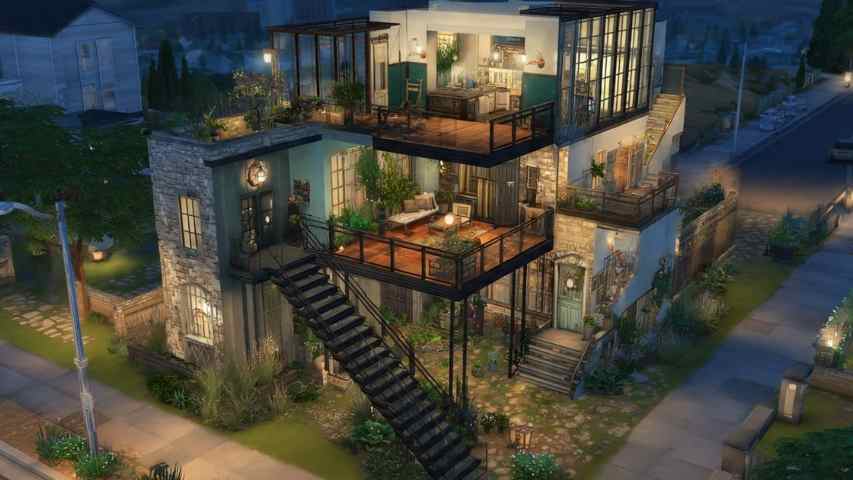
There are some special things to think about when buying a bi-level home. Here’s what you should know about daily life and resale value.
Advantages for Buyers
One of the biggest draws of a bi-level Home is affordability. Gretchen Rosenberg, CEO of Kentwood Real Estate, notes they often sell for less per square foot than ranch or two-story homes. (Rosenberg, n.d.) If you aren’t bothered by the stairs at the entrance, you might get more house for your money.
Having separate floors is another benefit. Realtor Andrew Pasquella of Sotheby’s International Realty says this layout is “a great choice for families due to the privacy offered by multiple levels.” This separation can help when family members want their own space.
Potential Drawbacks
The biggest drawback is having to use stairs all the time. As soon as you walk in, you have to go up or down. This can be a hassle when carrying groceries and might not work for older buyers or people with mobility challenges.
Resale value is another concern. Bi-level homes are historically a less popular floor plan because the living spaces are so divided. (Split-Level Houses Gain Stature, 2003) If you’re looking for a property with maximum appreciation potential, a bi-level might not be the ideal investment. It’s wise to conduct a comparative market analysis to see if bi-levels in your area sell for significantly less than other Home styles.
Also, since many bi-level homes are older, it’s important to get a good inspection. Some may have been updated on the surface but could have hidden problems, so check the quality of any changes or renovations.
Tips for Selling a Bi-Level Home
Selling a bi-level home can be tough when most buyers want open-concept designs. The separate floors offer privacy, but some buyers may feel the layout is too broken up.
Still, you can use the unique layout as a selling point. Here are some tips:
- Highlight the privacy: Show buyers that this home is a good choice for families or people living with multiple generations, since the separate floors give everyone their own space.
- Stage Both Levels Thoughtfully: Show potential buyers how to use each space effectively. For example, stage the lower level as a cozy Family room, a productive Home office, or an inviting guest suite.
- Focus on Modern Updates: Emphasize any recent renovations to the kitchen, bathrooms, or flooring. Modern finishes can help overcome buyer hesitation about the dated floor plan.
- Price it right: Be honest about what the home is worth. Since bi-levels usually sell for less, setting a fair price can attract buyers who want a good deal. (Why Bi-Level Homes Are a Hidden Gem in Today’s Housing Market, 2025)
Frequently Asked Questions
What is a raised ranch?
A raised ranch is another term for a bi-level or split-foyer home. These names are often used for houses where the entry is a landing between two main floors.
Are bi-level homes outdated?
Bi-level homes aren’t as common in new builds, but many have been updated with modern features. Their price and smart use of space make them a good choice for many buyers.
Can you renovate a bi-level house to be an open concept?
You can make a bi-level home feel more open by taking out non-load-bearing walls on the upper floor between the kitchen, living room, and dining area. Just be sure to plan carefully and talk to a structural engineer first. (Structural Engineering Considerations for Open Floor Plan Renovations, n.d.)
A Practical Choice for the Right Buyer
A bi-level home isn’t for everyone, but it’s a practical and affordable choice if you want privacy and useful space. If the layout fits your needs and the house is in good shape, it can be a great place to live.
But if your main goal is to make money on your investment, you might want to look at other home styles that are more popular. In the end, the best choice depends on what you want and your long-term plans.







